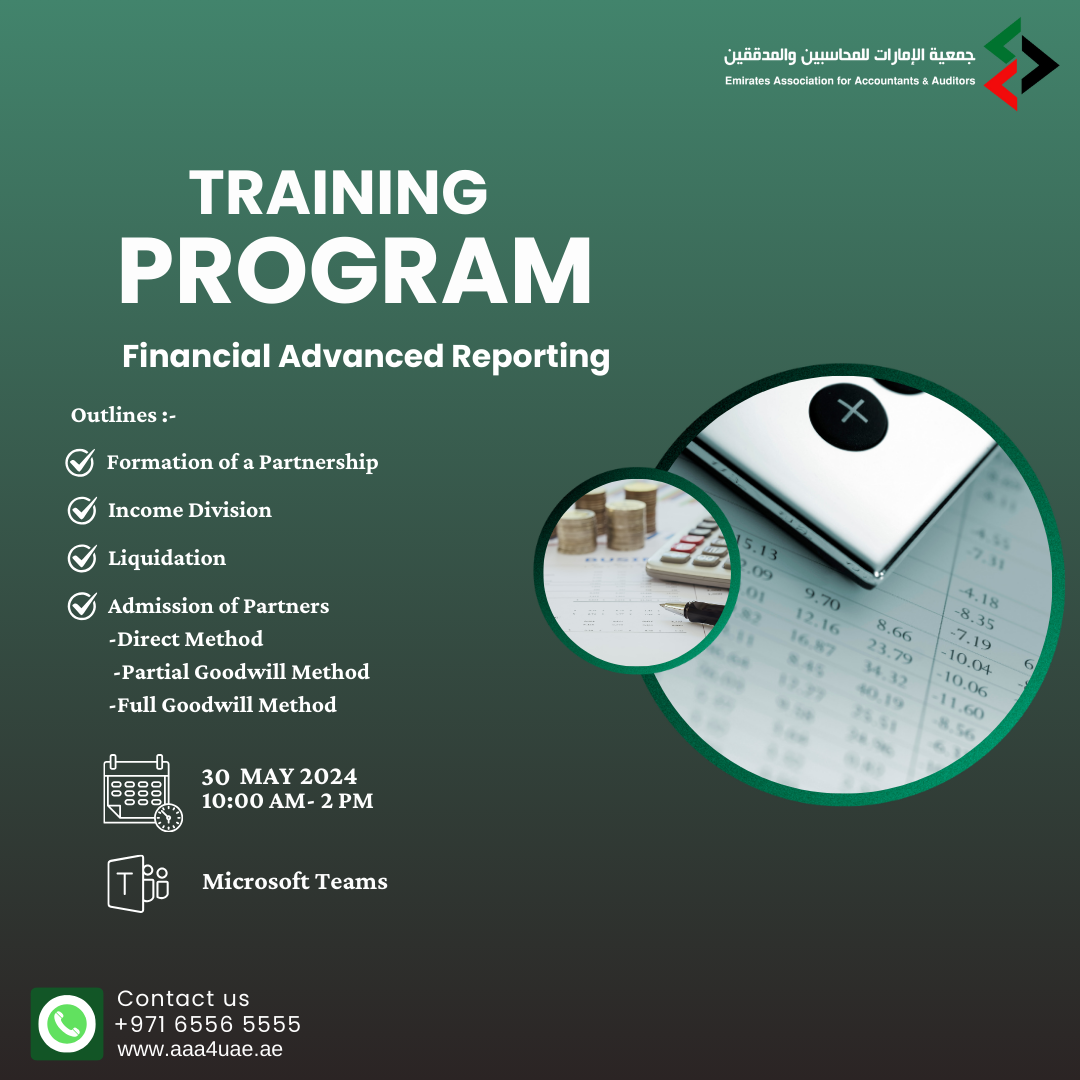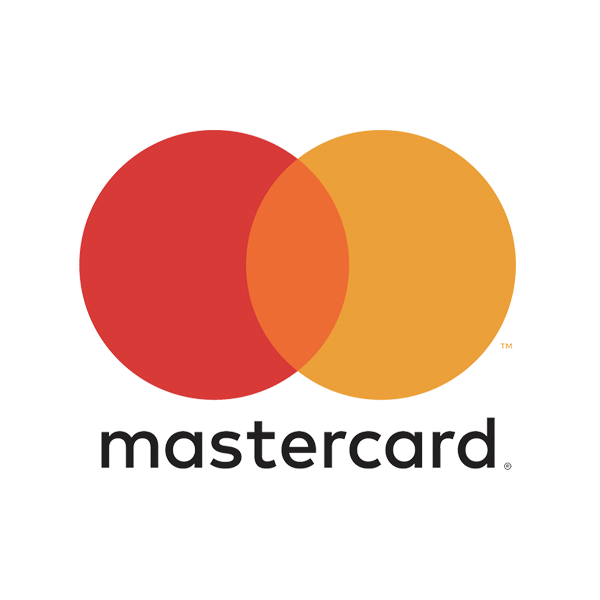Financial Advanced Reporting
4 Hours, 30 May 2024, 10:00 AM-2:00 PM
Advanced Accounting: Accounting for
Partnerships
Introduction:
This course is designed to provide you with a comprehensive
understanding of the unique accounting principles and practices that apply to
partnership businesses. Whether you are an aspiring accountant, or a current
professional looking to enhance your knowledge, this course will equip you with
the essential skills to manage and analyze financial information in a
partnership context.
Importance of Partnership Accounting
Understanding partnership accounting is crucial because it differs
significantly from accounting for other types of business entities. Key
differences include:
Capital Accounts: Each partner has a capital account that tracks their contributions,
withdrawals, and share of profits and losses.
Profit and Loss Distribution: Profits and losses are distributed among partners according to their
partnership agreement.
Changes in Partnership: Accounting must accommodate changes in partnership composition, such
as the admission or withdrawal of partners.
Course Objectives
By the end of this course, you will be able to:
1-
Understand Partnership Formation: Learn how
partnerships are formed, including the initial accounting entries for partner
contributions.
2-
Maintain Partner Capital Accounts: Accurately track
each partner's equity, contributions, withdrawals, and allocated profits and
losses.
3-
Distribute Profits and Losses: Allocate profits and
losses among partners according to the partnership agreement.
4-
Handle Partnership Changes: Account for the admission
of new partners, the withdrawal of existing partners, and the revaluation of
partnership assets.
5-
Prepare Financial Statements: Prepare and interpret
financial statements for partnerships, including the balance sheet, income
statement, and statement of partners' equity.
Course Contents:
1-
Formation of a Partnership
2-
Admission of Partners:
a. Direct
Method
b. Partial
Goodwill Method
c. Full
Goodwill Method
3-
Income Division
4-
Withdrawals
a. Direct
Method
b. Partial
Goodwill Method
c. Full
Goodwill Method
5-
Liquidation










